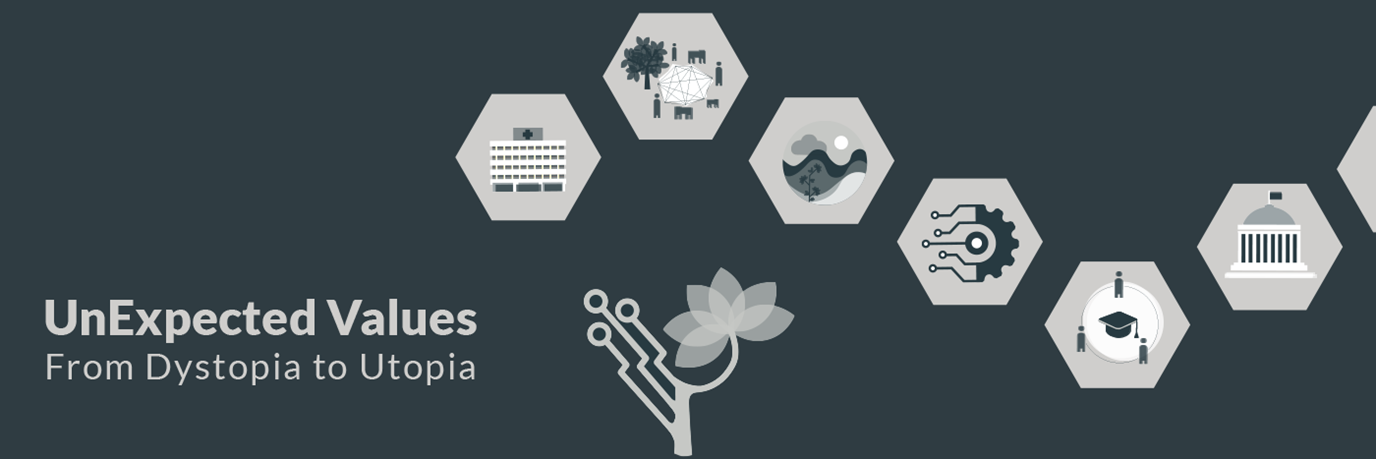Teacher: A course designer's crossroads

Context:
You are transforming your face-to-face course into an online format. The program aims to prepare educators to design ICT-based learning in real-world contexts.
Dilemma:
A) Build an open learning ecosystem where students publicly blog their progress, collaborate across institutions using shared online documents, and co-create resources with practicing teachers through authentic school partnerships.
B) Create a structured digital classroom where students submit private assignments, receive individual instructor feedback, and demonstrate competencies through controlled academic exercises.
Story behind the dilemma:
The ICT-based Educational Design program at Aarhus University transformed from a traditional campus-based to an online format in 2012, emphasizing three dimensions of openness: transparency, communication, and engagement. Designed for experienced educators across Denmark, the program prepares teachers to develop technology-enhanced learning in diverse settings through authentic, reflective practice.
The program implements radical transparency through public blogging (using the Pages platform), shared Google Docs, and open peer feedback. Communication extends beyond the classroom as students connect with external experts and communities via social media. Engagement occurs through real-world projects like collaborating with Aarhus's Dokk1 library to develop digital learning solutions with actual users (children with dyslexia, toy-hacking workshops).
Digital tools serve specific pedagogical purposes: Google Drive enables collaborative writing, Hangouts facilitate live discussions, and YouTube shares content publicly. The approach blends academic rigor with entrepreneurial experimentation, positioning students as co-designers of their learning. Teachers become project managers guiding authentic challenges rather than lecturing content.
While successful in creating meaningful societal connections, the model requires cultural adaptation as students transition to public, networked learning. The program serves as a living laboratory for open education, demonstrating how higher education can maintain quality while engaging with communities beyond institutional walls through purposeful technology integration.

